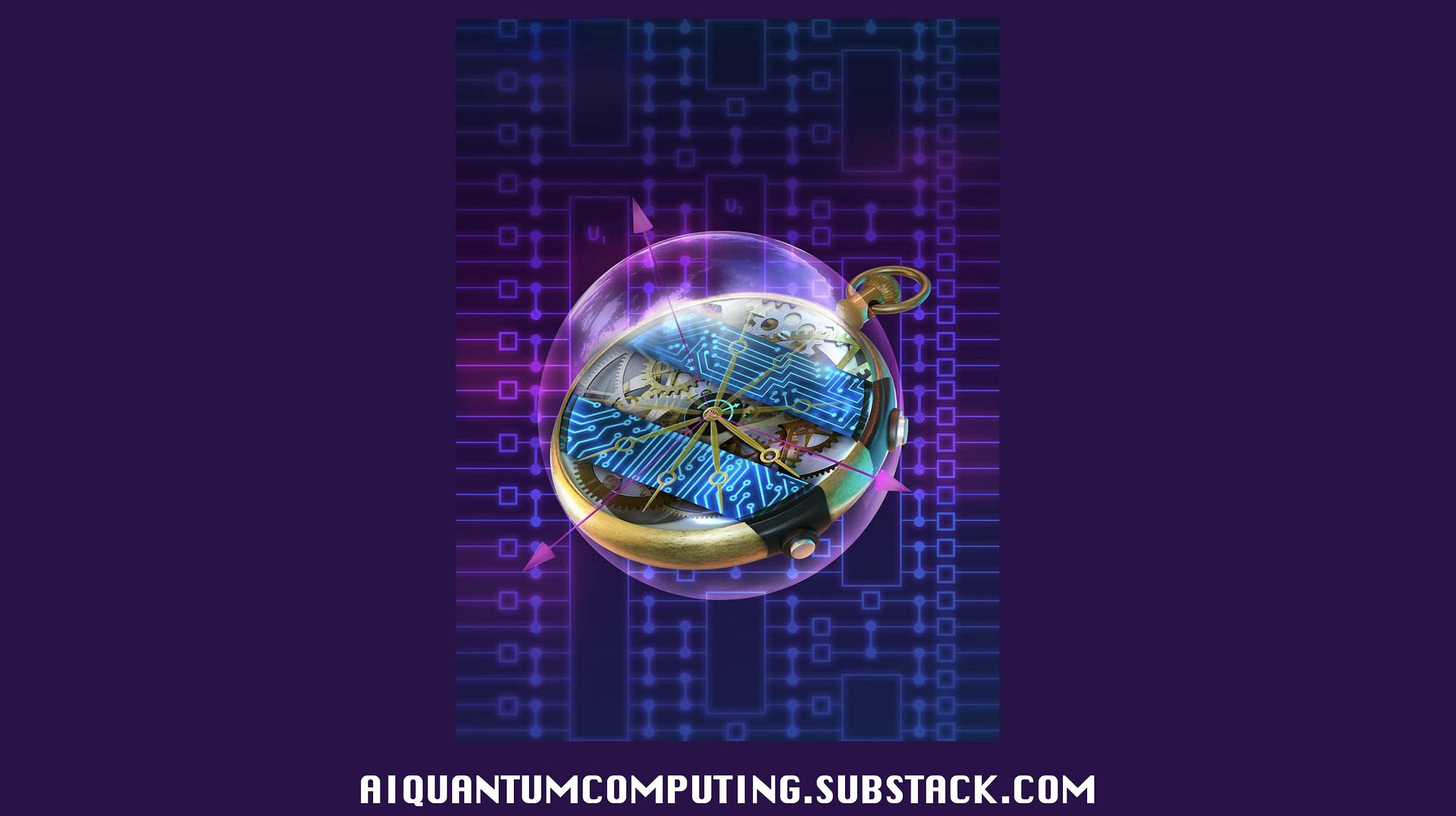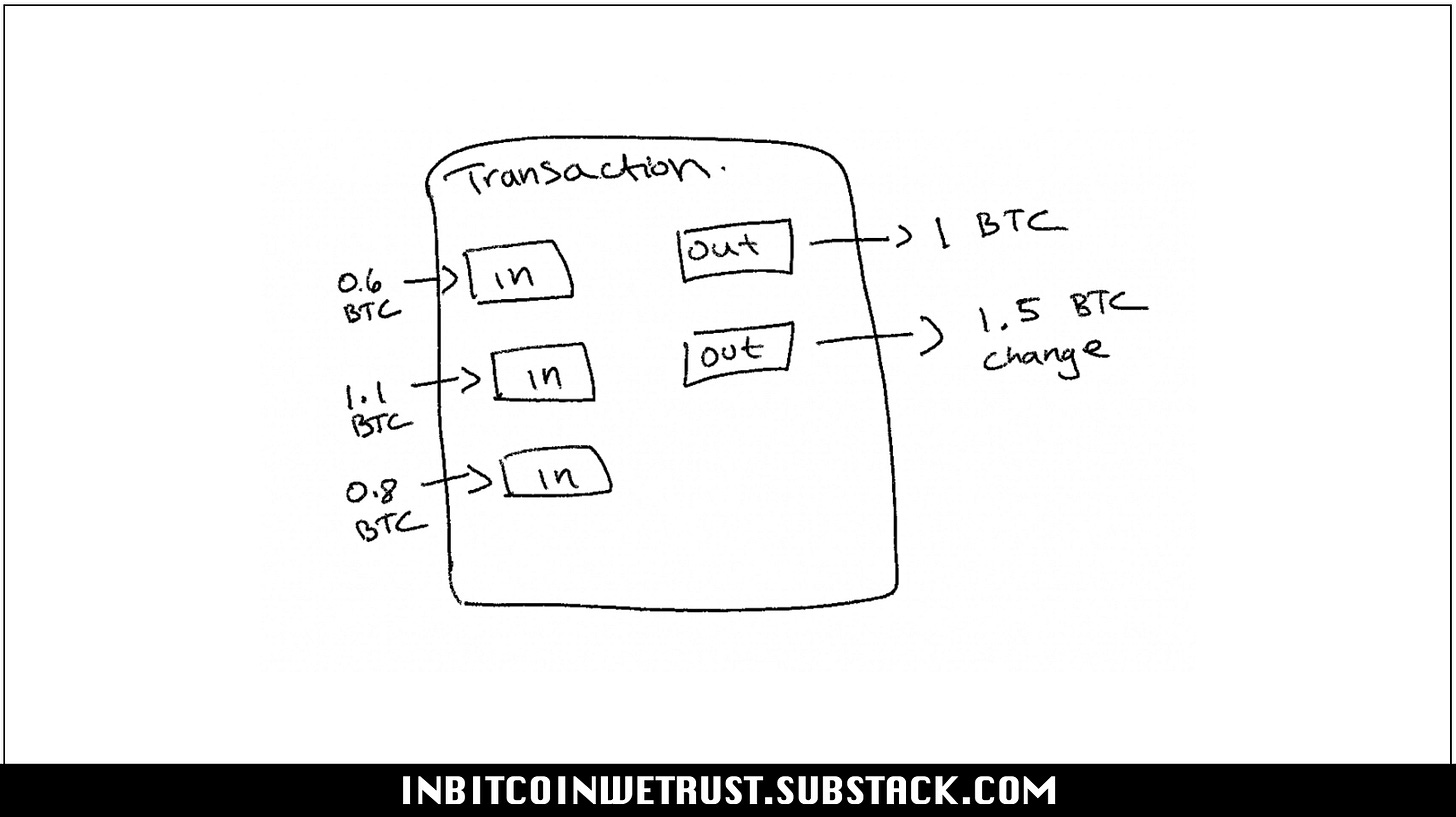Google Proposes a Hydride Quantum Simulator That Could Revolutionize Physics. Here’s an Overview.
The revolution has begun.
Google continues to work hard to be one of the big winners in the quantum computing industry of the future. Google's quantum physics researchers have just developed an innovative approach to quantum simulation that uses both analog and digital methods.
This could pave the way for new tests for tomorrow's supercomputers.
The Google Quantum AI team wanted to test a new approach using a 69-qubit superconducting quantum simulator, combining analog and digital methods. According to the report published by this team of scientists at the beginning of February 2025, this hybrid test demonstrated several advantages over other results using purely analog or digital devices. Thus, it could become an opportunity to make unprecedented discoveries in physics.
Trond Andersen, researcher at Google Quantum AI and lead author of the study, said:
“We are very excited, as we believe this could lead to major advances and unprecedented applications on today's quantum computers.”
The qubits in a quantum computer work just like the bits in a classical computer. However, the only difference is that they must be maintained under extreme conditions, such as supercooling, to preserve their quantum state. If the system becomes too unstable, this state collapses. The researchers therefore hope that their work will contribute to the development of fault-tolerant quantum computers. These computers could also be capable of executing complex calculations over much longer timescales than current systems.
Google's hybrid approach could pave the way for more powerful quantum simulations
The researchers carried out a numerical simulation in which quantum dynamics are generated by coupling two qubits at once. This gives researchers the flexibility to build systems incrementally.
Analog simulations, on the other hand, continuously measure the interactions between all the qubits. This is what has enabled us to obtain a more faithful representation of the fast dynamics specific to quantum particles.
“The main resource of quantum computing - entanglement - can grow much faster when all these connections are active simultaneously,” explains Trond Andersen. “What we want to do is combine the two approaches.”
To represent this hybrid approach, the team first prepared the quantum state using digital gates, offering increased flexibility in the system's initial state. Then, it switched the simulation to an analog mode. This step allows the system to evolve rapidly to complex quantum states before noise disturbs it. Finally, returning to a digital simulation showed more precise control and detailed analysis of the states obtained, a combination that maximizes the advantages of both methods.
This hybrid quantum simulation could be the origin of new physics
Thanks to this new simulation, the researchers observed a divergence between their simulations and the Kibble-Zurek mechanism. The Kibble-Zurek mechanism is a theory designed to explain field symmetry breaking in the early universe. It predicts the dynamics and defects appearing in a system evolving at a finite rate.
“Our results didn't match our predictions at all, which worried us at first,” confides Trond Andersen. “But after conducting more experiments, we realized that this was not an error, but the emergence of a new physics.”
One of the major goals of quantum research is to design a quantum computer capable of solving problems beyond the reach of classical machines. To achieve this, scientists need to explore complex quantum states and limit the accumulation of noise in the system.
For the more enthusiastic among you, I invite you to discover for yourself the details of this article published in the journal Nature on February 5, 2025:
Do you think Google's quantum simulator could transform physics?
Please let me know what you think in the comments.
Ion Traps vs. Superconducting – Which Is the Better Quantum Technology?
More and more people are talking about Quantum Computing, whether in the media or in the investment world where everyone fears one thing: missing out on the Next Big Thing.
Everything You Always Wanted to Know About Bitcoin UTXO Management.
And above all, how to optimize and consolidate them.
But What Is Quantum Computing, Anyway?
Every time Google or IBM makes a breakthrough in quantum computing, you read a bunch of articles about how this emerging industry is going to change the world of the future. You watch videos telling you that the Bitcoin system will soon be in danger, just like the rest of the banking system, due to the incredible computational capabilities of quantum co…






